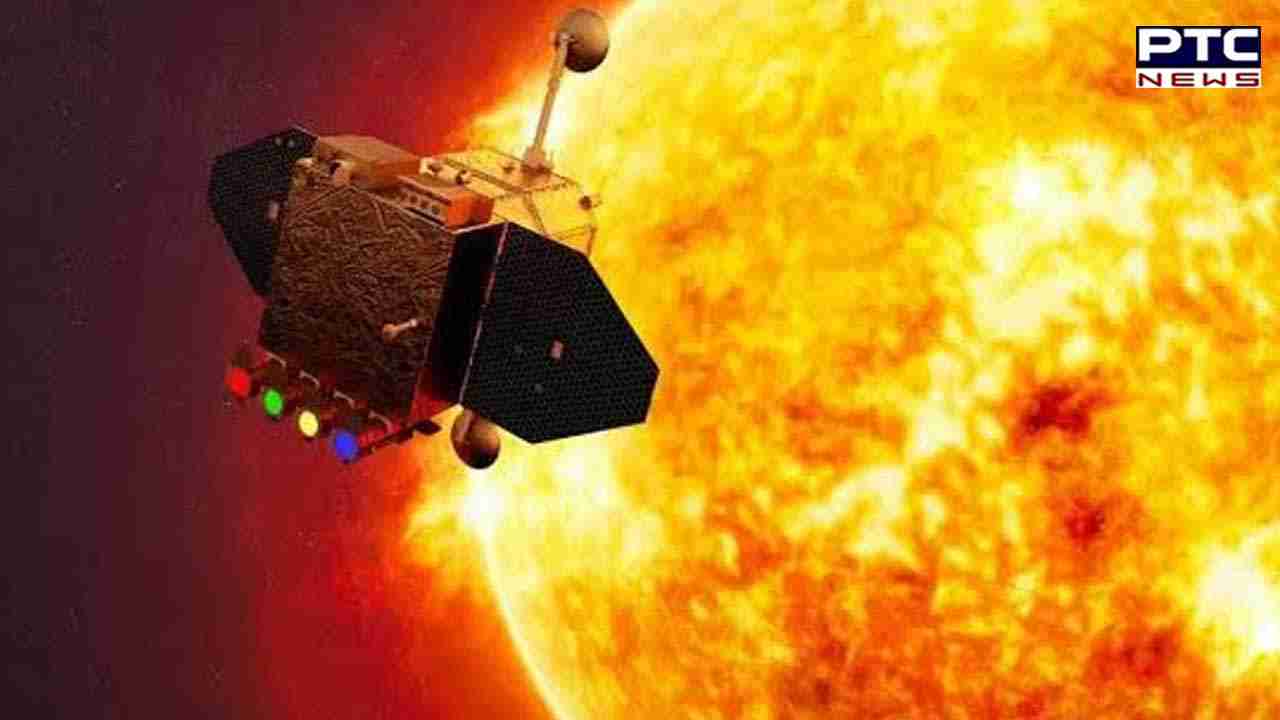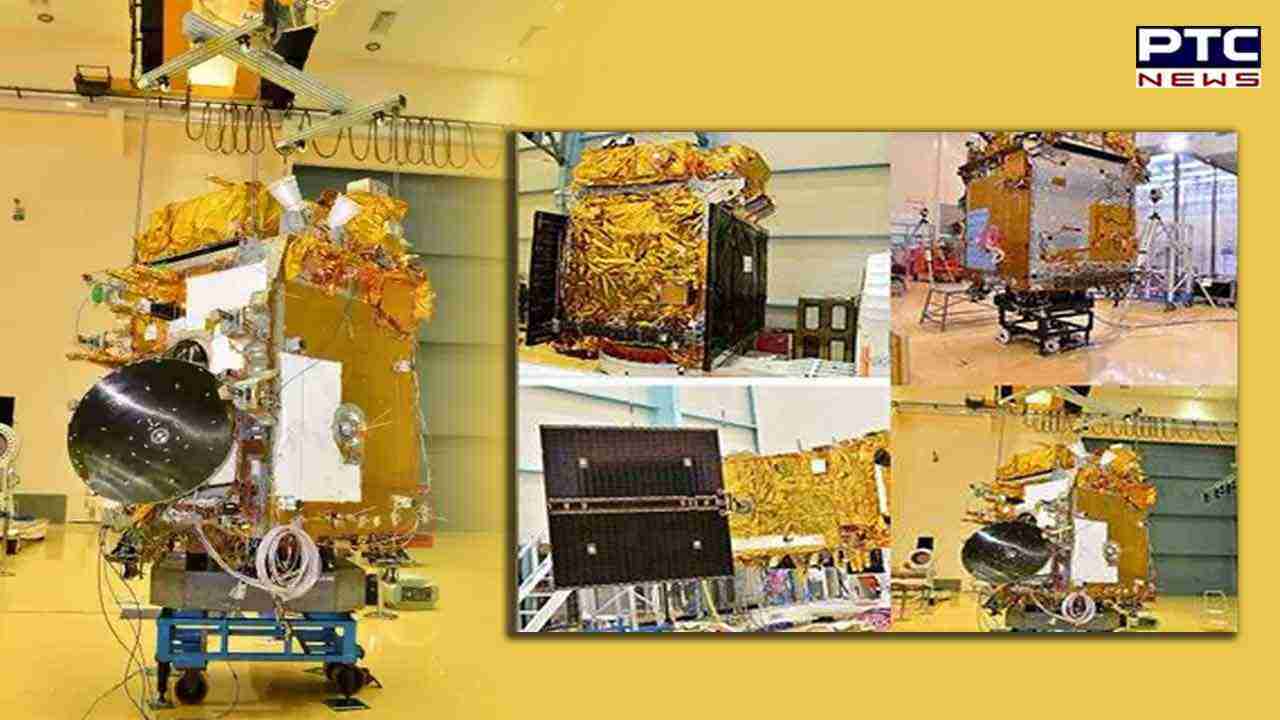

ISRO Aditya-L1 mission FAQs: Launch date, timings, place, objectives, other details
ISRO’s Aditya-L1 Solar Mission FAQs: After the successful landing of a remarkable chapter in the nation's history, with the Chandrayaan-3 Vikram Lander accomplishing a successful touchdown on the Moon, now Indian Space Research Organisation’s the Aditya-L1 Solar Mission is all set to study the Sun.
ISRO Aditya-L1 Solar Mission will be the first space-based Indian observatory to study the Sun.
Also Read: G20 Summit in Delhi: Checkout theme, logo, location, schedule, participating nations and more
ISRO on Monday announced that it will launch the Aditya-L1 Solar Mission, the first space-based Indian observatory to study the Sun on September 2, 2023.
The launch of the solar mission will take place on September 2, 2023, at 11:50 am from Sriharikota.

The space-based India observatory ISRO Aditya-L1 Solar Mission will launch from the Satish Dhawan Space Centre (SDSC) SHAR, Sriharikota.
Meanwhile, taking to their official X handle (former Twitter), ISRO said, "The launch of Aditya-L1, the first space-based Indian observatory to study the Sun, is scheduled for September 2, 2023, at 11:50 Hrs IST from Sriharikota. Citizens are invited to witness the launch from the Launch View Gallery at Sriharikota by registering here: https://lvg.shar.gov.in/VSCREGISTRATION/index.jsp. Commencement of registration will be announced there."
????PSLV-C57/????️Aditya-L1 Mission:
The launch of Aditya-L1,
the first space-based Indian observatory to study the Sun ☀️, is scheduled for
????️September 2, 2023, at
????11:50 Hrs. IST from Sriharikota.
Citizens are invited to witness the launch from the Launch View Gallery at… pic.twitter.com/bjhM5mZNrx — ISRO (@isro) August 28, 2023
The spacecraft carries seven payloads to observe the photosphere, chromosphere and the outermost layers of the Sun (the corona) using electromagnetic particle and magnetic field detectors.

The major science objectives of Aditya-L1 mission are:
• Study of Solar upper atmospheric (chromosphere and corona) dynamics.
• Study of chromospheric and coronal heating, physics of the partially ionized plasma
• Observe the in-situ particle and plasma environment providing data for the study of particle dynamics from the Sun.
• Physics of solar corona and its heating mechanism.
• Diagnostics of the coronal and coronal loops plasma: Temperature, velocity and density.
• Development, dynamics and origin of CMEs.
• Identify the sequence of processes that occur at multiple layers (chromosphere, base and extended corona) which eventually leads to solar eruptive events.

• Magnetic field topology and magnetic field measurements in the solar corona .
• Drivers for space weather (origin, composition and dynamics of solar wind .
Aditya L1 shall be the first space-based Indian mission to study the Sun. The spacecraft shall be placed in a halo orbit around the Lagrange point 1 (L1) of the Sun-Earth system, which is about 1.5 million km from the Earth.
Also Read: Neeraj Chopra becomes first-ever Indian to win gold at World Athletics Championships
A satellite placed in the halo orbit around the L1 point has the major advantage of continuously viewing the Sun without any occultation/eclipses. This will provide a greater advantage in observing solar activities and their effect on space weather in real-time.
Earlier India took a giant leap on September 23 evening as the Chandrayaan-3 lander module successfully landed on the moon’s South Pole, making it the first country to have achieved the historic feat.
- With inputs from agencies
